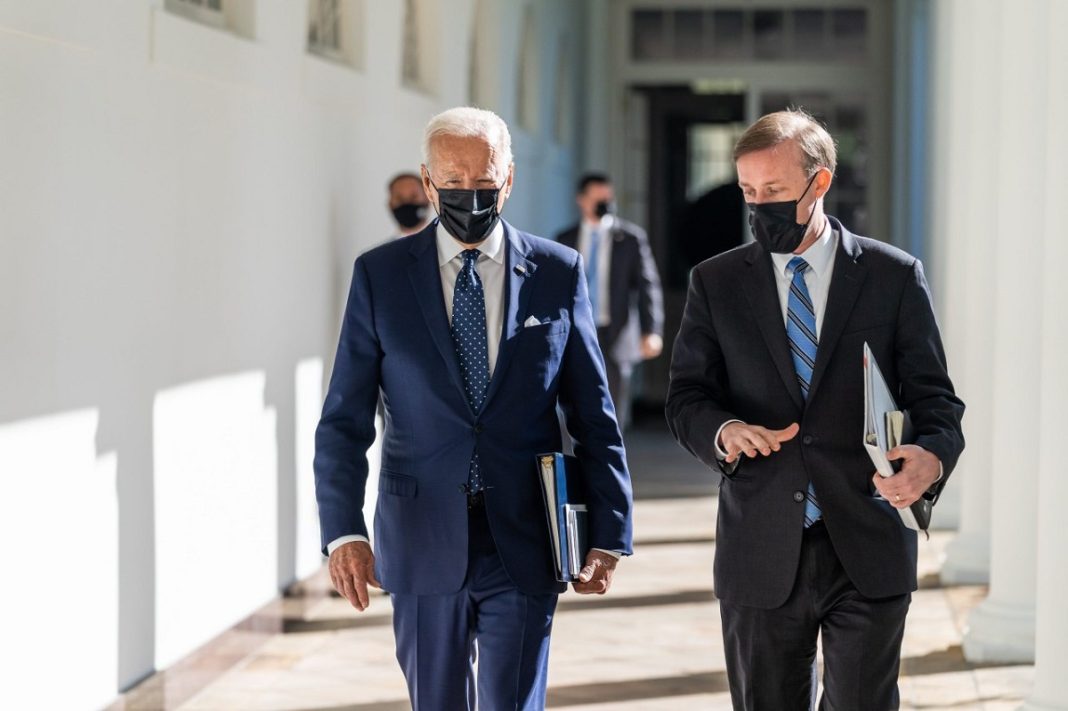Sullivan and Emirati President Sheikh Mohamed bin Zayed Al Nahyan met on Tuesday in Abu Dhabi, where they discussed “close, strategic” US-Emirati relations, as well as regional and international developments, the official WAM news agency reported.
They also “stressed the importance of joint action to ensure peace and stability in the Middle East,” the report added.
UAE Foreign Minister Sheikh Abdullah bin Zayed Al Nahyan and Secretary-General of the Supreme Council for National Security Ali bin Hammad al-Shamsi were also present at the meeting.
Over the weekend, Sullivan had held talks with Saudi leaders in Jeddah on the sidelines of a meeting on the Ukraine war.
The meetings come as the US dispatched more than 3,000 sailors and Marines to the Red Sea aboard the assault ship USS Bataan and the dock landing ship USS Carter Hall in response to Iran’s alleged “harassment and seizures of merchant vessels.”
The deployment brought additional aircraft and helicopters to join a dozen US F-35s, as well as F-16 and A-10 aircraft and Navy guided-missile destroyers that had already arrived in the Persian Gulf under the pretext of protecting vessels crossing the main waterways in the strategic region.
It followed an announcement by the US military about plans to put armed personnel on commercial ships traveling through the Strait of Hormuz.
Separately on Tuesday, US Central Command (CENTCOM) chief General Michael Kurilla traveled to the UAE and Bahrain, home to the US Fifth Fleet, aboard an American Navy destroyer.
Kurilla met with UAE military Chief of Staff Lieutenant General Issa Saif Mohammed al-Mazrouei as well as Bahraini King Hamid bin Isa Al Khalifah.
The provocative US military presence in the Persian Gulf drew a fresh warning from Iran’s Islamic Revolution Guards Corps (IRGC) on Monday.
“Iran has reached such a high degree of power and capability that can respond in kind to any US action and mischief [in the region], including the seizure of ships,” stressed the IRGC’s spokesman Brigadier General Ramezan Sharif.
